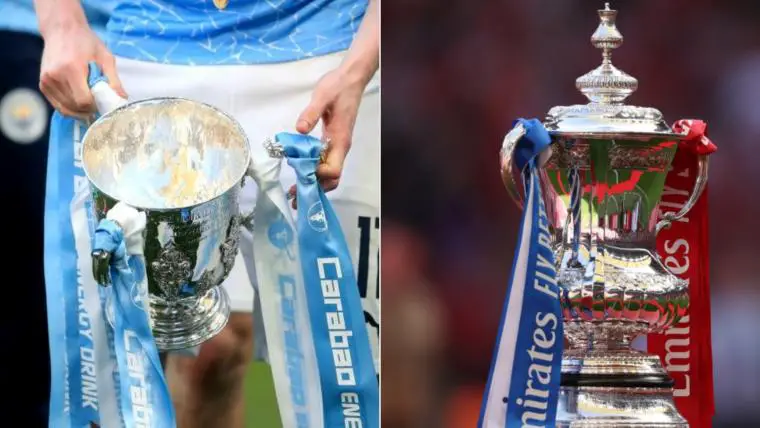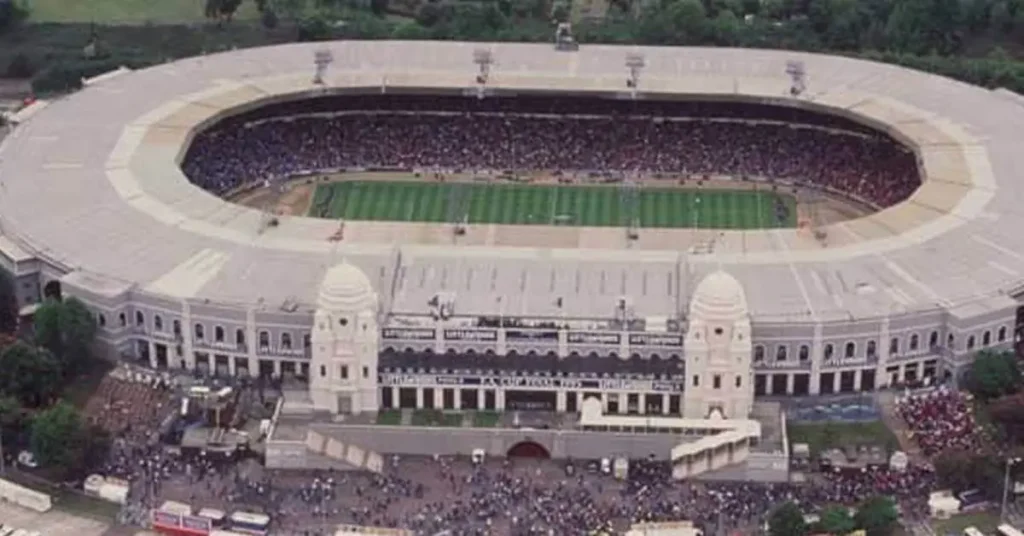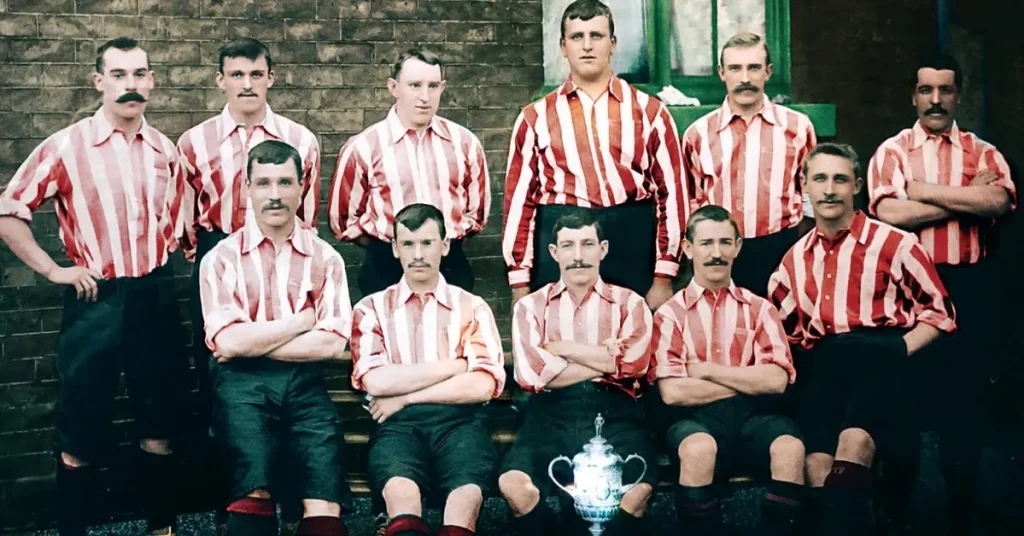English football is as competitive as it has ever been, making the fact that there are two major domestic cups to compete for a blessing.
While most countries only have one, major domestic trophy, England’s two-cup system has been going since 1961, when the League Cup (currently known as the Carabao Cup) was first introduced to make up for a lack of fixtures at the time.
Most simply consider the two essentially the same, but the competitions have several major differences that separate them, whilst also clearly outlining which competition is more prestigious.
The League (Carabao) Cup

All 92 teams in the football league (the top four divisions of England) enter, as the competition is decided in 7 rounds.
Premier League teams don’t take part until the second round, receiving a bye for the first round, while clubs in Europe receive a bye until the third round.
Matches take place on Tuesdays and Wednesdays and are single matches up until the semi-finals, where the penultimate round is decided over two legs.
Up until that point, matches go straight to penalties if the score is still tied at full-time.
The final usually takes place at the end of February or the start of March, with last year’s final occurring on the 26th of February.
While it’s referred to colloquially as the League Cup, the competition has been named after different sponsors since 1981, when it was called ‘The Milk Cup’ having been sponsored by milk itself. Yep, not a brand of milk, just the concept of milk.
The F.A Cup
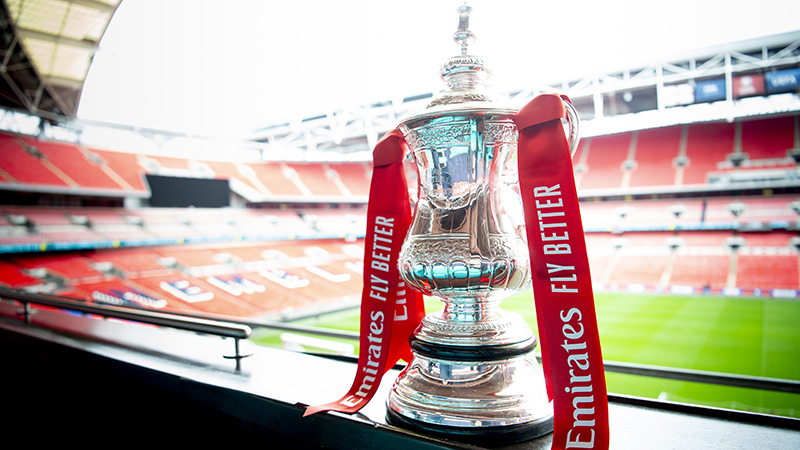
By far the most entertaining difference the FA Cup features is the inclusion of national league teams.
Referring to the 5-9th tiers of English football, known as non-league, the FA Cup is a much larger competition and in the 2011/12 season, hosted a record 763 teams.
While to most football fans, the competition starts in January, when the Championship (2nd division) and Premier League enter the 3rd round.
The first round starts 2 months earlier near the start of November, but at this point, hundreds of games have already been played.
Contrary to some people’s beliefs, the FA Cup starts before any of the games in the football league, the first preliminary round having been played on the 5th of August this year.
As well as featuring sides from the 5-9th tiers, 10th-tier sides are allowed under certain circumstances, with the 10th division used to fill in for teams from the upper non-league divisions that can’t compete for whichever reason.
416 teams enter in the first round, as tier 9 is comprised of 20 or so regional divisions, there are a lot of games to get through. Overall 640 teams compete across six rounds for 32 spots in the first round proper where the football league teams entering are thrown into the draw.
Which is Better?
Every English football fan would agree that the FA Cup is a much better and sought-after trophy. Here’s why:
Winnings
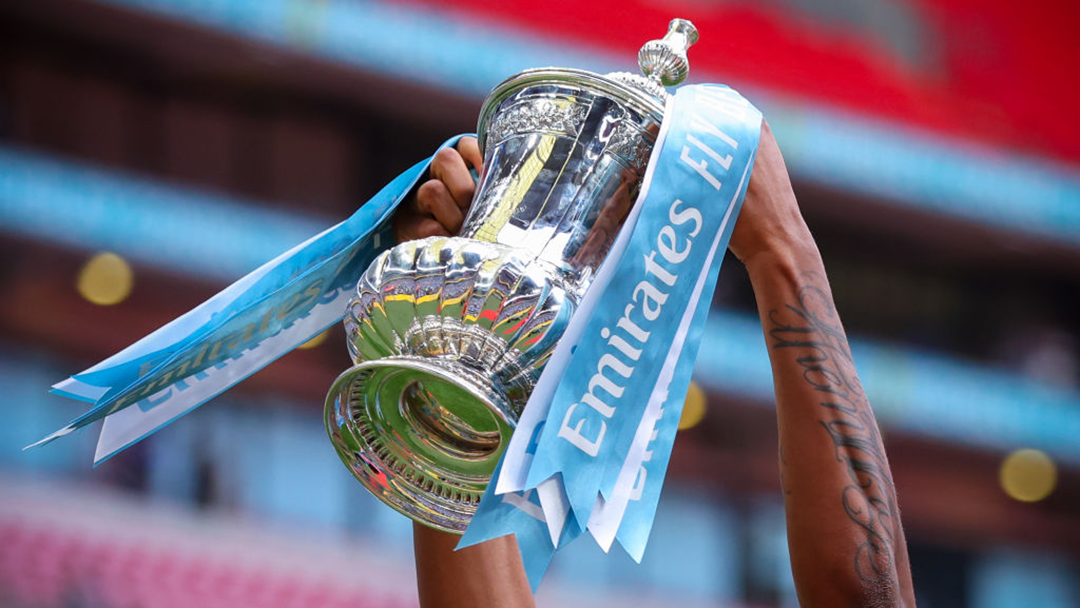
Getting past the final qualifying round nets a winning team £9,375, which for the lower sides left in the competition can be potentially club saving in dire times.
In the actual main competition, winning the first round jumps up to £41,000, and by the end, the tournament winner earns 2 million, alongside the winnings for each game they won along the way.
On the other hand, The Carabao Cup gives out £100,000. For the winner… That’s £5,000 less than the FA Cup’s 3rd round winners earn.
The Magic of The Cup

In 2021 9th 9th-tier Marine played Tottenham, capturing international attention as a team of players that were barely semi-professional players faced off against Jose Mourinho’s Tottenham.
They lost 5-0 to a strong Tottenham XI but the whole country was infatuated by the draw in the days reading up to it.
The weeks of preliminary rounds build the competition up to heights the League Cup just can’t replicate.
European Competition

Brendan Rogers didn’t even know what the competition was after being knocked down to it after crashing out of the UEFA Cup: “I have to be honest – I don’t even know what the competition is in all fairness. I was focused on the Europa League and winning this group.”
The FA Cup, in contrast, provides qualification for the UEFA Cup, a much better-respected competition, that was founded in 1971 and has grown to become more than just a consolation for Champions League failure.
A Grand History
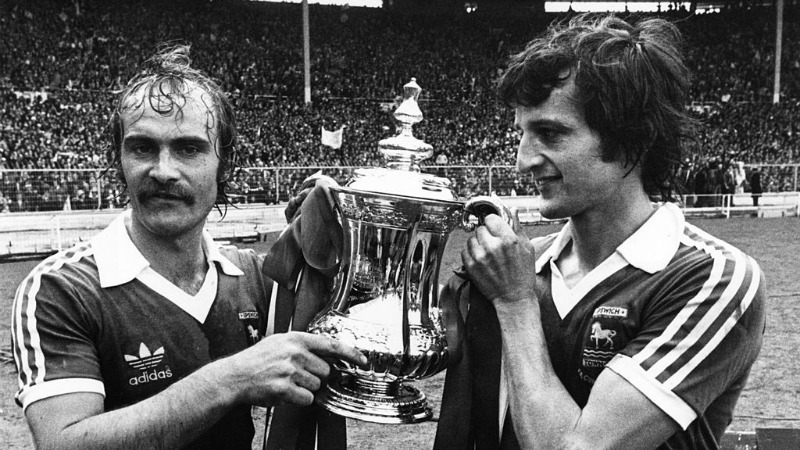
Labelled ‘The Mickey Mouse Cup’ by many thanks to a history of being considered unimportant by bigger teams, the competition has a reputation for being used to rest players, with bigger teams often sending out sides comprised of youth and second-team players.
The League Cup was seemingly doomed to dwell in the FA Cup’s shadow from the start. In truth it never had hope of emerging as an equal, but by no means is the competition pointless.
The League Cup’s Saving Grace
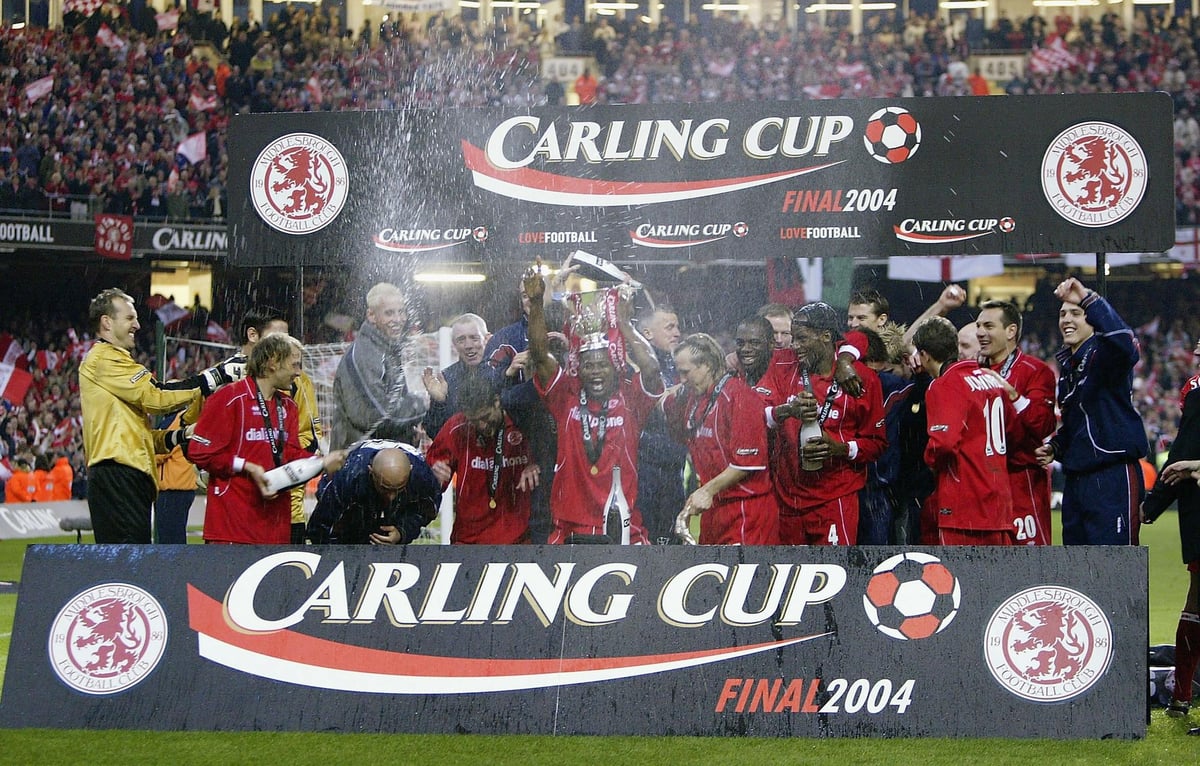
The League Cup has become the trophy that smaller teams can win. This may go against what I said earlier, with the FA Cup being the cup of the people, but the bigger sides do take the competition more seriously. Evident by Mourinho’s strong team selection against a 9th-tier side.
Thanks to this, smaller Premier League, or even promotion pushing second division sides have a better chance at glory.
The big fish routinely get knocked out by their hubris. This year’s edition is currently at the Quarter-final stage and has seen Man City, Tottenham, Arsenal, and high-flying Aston Villa knocked out already.
While the big teams may turn their nose up at the trophy, sides without the world’s best players and a billionaire chairman take the competition just as seriously, if not more than the FA Cup, seeing it as their only chance to win something.
The TV revenue and resultant exposure from playing in Europe (even if it is the Conference League) can provide a huge boost to a smaller side’s finances while making an attractive selling point when trying to attract new players.
We’ve seen it with the likes of Swansea in 2013, Middlesbrough in 2004, Tottenham in 2008, Birmingham in 2011 and Leicester in 2000.
Compare this to the FA Cup’s winners in recent years, and only Wigan in 2013 and Portsmouth in 2008 provided any real surprises.
So while your takeaway from this article might be that the FA Cup is better, The League Cup, even if not by intention, has become the trophy that the sides historically outside the top-4 vie for.
In the hearts of fans who have seldom seen their club win anything, it is just as important as the FA Cup, regardless of prestige, prize money or continental qualification.
